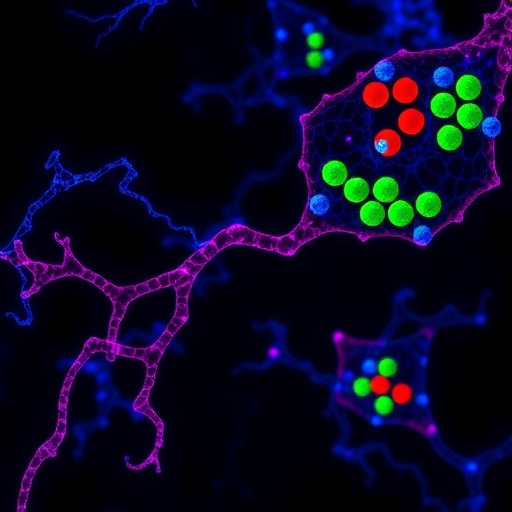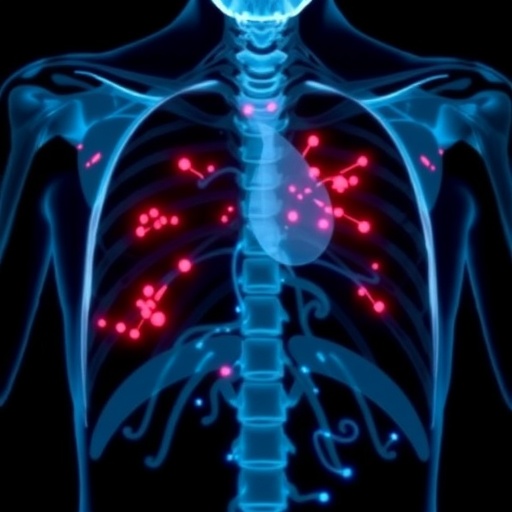Leesburg, VA, April 8, 2019–A new study published in the April 2019 issue of the American Journal of Roentgenology (AJR) makes the case for why it is time to abandon the practice of patient shielding in radiology.
The article, “Patient Shielding in Diagnostic Imaging: Discontinuing a Legacy Practice” reviews the historical rationale for patient shielding, and why the risks that come with patient shielding now outweigh what little benefit still exists, if any.
Patient shielding was first introduced as a regulation in 1976 and the wording has not changed since the initial version was released. The regulation was intended to protect from the hereditary risks of radiation exposure. However, as the authors note, no hereditary effects have been observed in humans in the four decades since the regulation was introduced.
The authors also point out that radiation doses have decreased significantly in recent decades thanks to advances in imaging technology. For instance, radiation doses to patients undergoing anteroposterior examinations of the pelvis have decreased more than 96% over the last 60 years. They also point out that as more imaging technologies rely on automatic exposure control, patient shields can lead to an increase in radiation doses and a decrease in image quality if they obstruct the field of view.
“Although the need to abandon this practice is clear, it is incumbent on health care professionals to help patients feel confident about the care they receive,” the authors said. “This is especially important regarding issues of radiation risk, for which misinformation is rampant. Consequently, how to address patient concerns as facilities stop providing patient shielding should be considered.”
###
Rebecca Milman Marsh, MD, one of the authors of the study, will discuss the article during an AJR Live Webinar on April 17, at 12 PM Eastern Time.
Founded in 1900, ARRS is the first and oldest radiology society in the United States, and is an international forum for progress in radiology. The Society’s mission is to improve health through a community committed to advancing knowledge and skills in radiology. ARRS achieves its mission through an annual scientific and educational meeting, publication of the American Journal of Roentgenology (AJR) and InPractice magazine, topical symposia and webinars, and print and online educational materials. ARRS is located in Leesburg, VA.
Media Contact
Alycia Tessean
[email protected]
Related Journal Article
https:/
http://dx.




